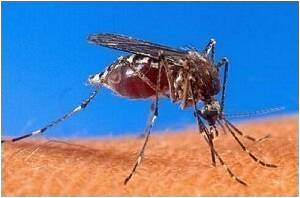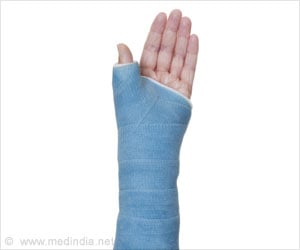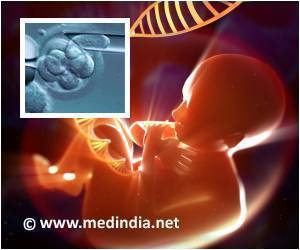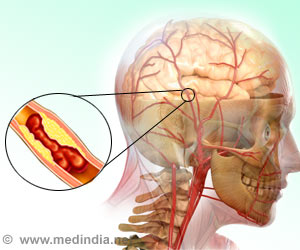
Understanding how malaria parasites mate could pave the way for improved prevention and control of this deadly disease, which poses a threat to half of the world's population.
Malaria parasites mate in the gut of mosquitoes, and people can catch the disease when they are bitten by these infected, blood-sucking insects.
Scientists from the University of Edinburgh and the Rowland Institute at Harvard University were able to see that malaria sperm move in an irregular, lopsided corkscrew motion, which enables them to twist to the left or the right, as well as go forwards and backwards. This motion is thought to help the sperm swim between red blood cells to find female mates.
Malaria sperm use microscopic structures, known as flagella, to swim. These structures are important because they are used by many parasites to invade parts of the body. They also perform essential roles in embryonic development, reproduction, and nutrient uptake in all animals. Scientists say the simple structure of the malaria sperm makes it an excellent model system in which to study flagella in animals.
Dr Sarah Reece, Royal Society Fellow at the University of Edinburgh and one of the authors of the study, said: "Findings gained using our unique system provide us with a better understanding of how malaria parasites mate and spread this deadly disease, and have revealed that malaria sperm, and similar organisms, have greater freedom of movement than was previously thought."
Advertisement











